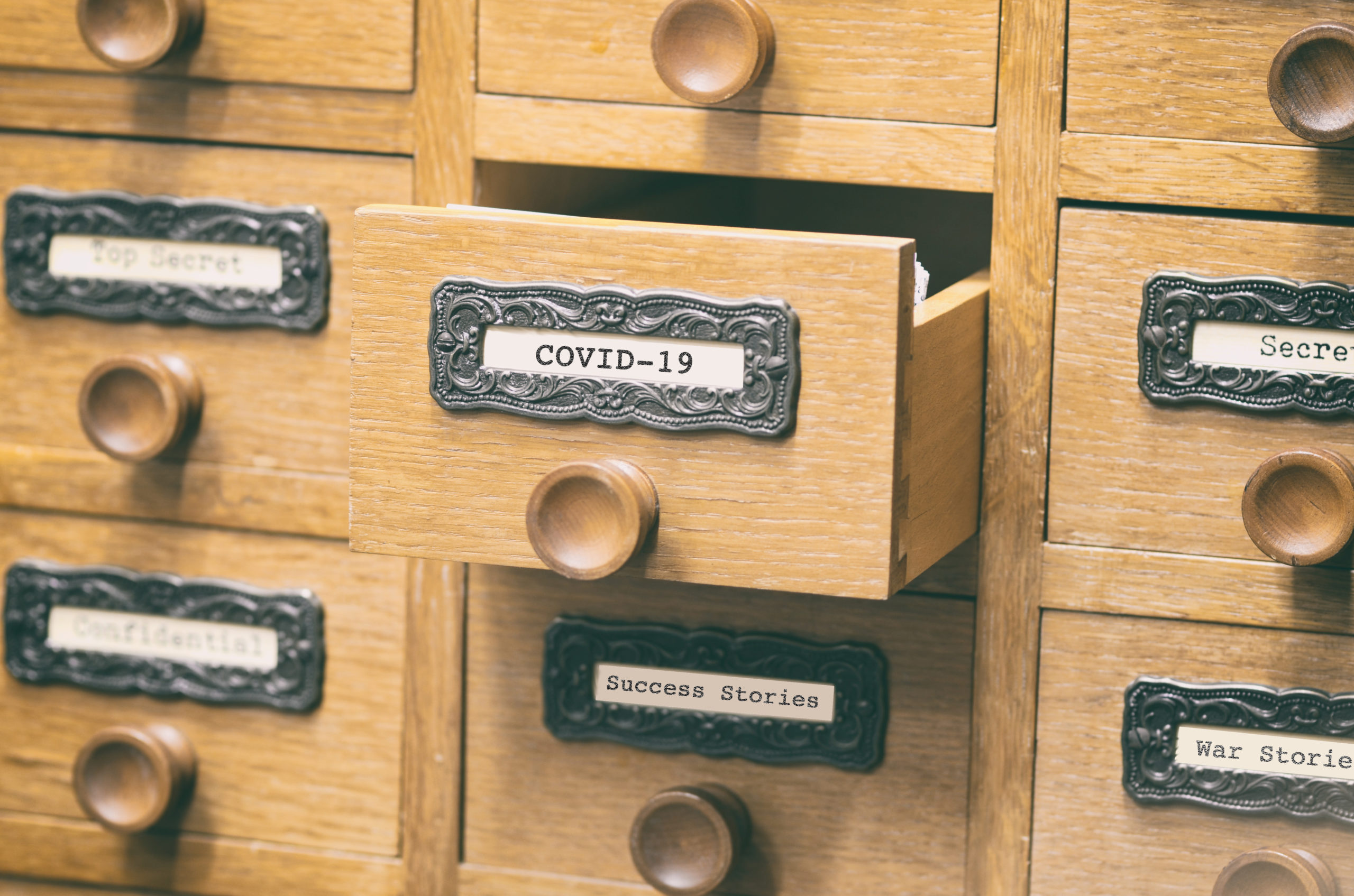
I’ll admit it – I haven’t been sleeping well lately. Like most of you, I have a lot on my mind these days.
They say the most unproductive thing you can do with your brain is worry. And while that may be intellectually true, it’s emotionally difficult to shut it off and just stay focused on the task at hand.
But in the cloudiness and uncertainty of a global pandemic, the radio broadcasting industry faces some serious questions about what its fate will look like after COVID-19.
Of course, that’s the case if we leave it all to fate – or worse – we leave it to others to tell the story of how so many radio pros fought against the odds to do some of their best and most important work once the virus became real. The “radio’s going to hell in a hand basket” crowd will point to layoffs, cutbacks, greed, and other missteps to explain why the medium isn’t what it used to be.
But I think most people are of the mind that in the first eight weeks of this existential health and economic crisis, many radio brands have done much more than hold their own. The pandemic may be global, but its impact is local. And that’s why the best stations in each market have a lot to be proud of.
In-car usage may be down to a trickle because so many Americans find themselves unemployed or working from home. And on the home front, it’s not surprising that visual media – including services like Netflix, cable TV, and even local television stations – are getting a lot of attention.
But radio broadcasters have acquitted themselves well so far. And I believe many of them are feeling they’re having more effect on their audiences these days than at any time in recent history.
A scan through the radio trades on any given day explains why. In the eye of the coronavirus storm, we’re reading about one amazing local radio story after another. Whether it’s fundraising for local first-responders, working with food banks, or simply providing a sense of empathy and companionship, radio personalities are reminding communities (and maybe even some of the companies they work for) why they matter.
 Perhaps it’s no surprise that some innovative programming and promotional efforts have come from the state of Washington – specifically, Seattle – where the U.S. had its first COVID-19 “hot spot.” Leave it to the venerable KISW to launch a weekend of rock, dedicated to the many people on the front lines, working at their own risk to make life more palatable for the rest of us. Their “Essential Workers Weekend” struck just the right chord in a region battered by the virus.
Perhaps it’s no surprise that some innovative programming and promotional efforts have come from the state of Washington – specifically, Seattle – where the U.S. had its first COVID-19 “hot spot.” Leave it to the venerable KISW to launch a weekend of rock, dedicated to the many people on the front lines, working at their own risk to make life more palatable for the rest of us. Their “Essential Workers Weekend” struck just the right chord in a region battered by the virus.
And yet, I’m worried – concerned about something that may not have occurred to many of you because you’re probably ensconced in fighting the good fight every day in your city of license. Every programmer (and sales manager, GM, and MM) I speak to barely has time to take a breath and scarf down a meal.
Running a radio station – or two or three – during this COVID-19 test is mentally and physically exhausting, while the rewards are few and far between. Most stations have a lot of excess inventory, the station looks like a ghost town, and the lack of good news is both palpable and disheartening.
The angst I’m feeling comes from that creeping concern that despite of all the great accomplishments, there may not be anybody in the building with the time, the energy, and the resourcefulness to archive these success stories. And what a shame that would be.
And it wouldn’t be anything new. That’s because radio stations are notoriously bad about post-marketing some of their best efforts – whether it’s station events, charitable initiatives, social media metrics, client success stories, and the other evidence that radio works and that great brands matter. I’ve noticed this with some of the best stations I’ve had the honor to work with over the years. They do truly amazing work in the moment, and yet, not much emphasis is placed on marketing these little – and BIG – victories back to clients, local leaders, and even the audience.
Yet, when you look at their array of sales pieces, it’s often just a bunch of lifeless rankers declaring #1 status in a book, a daypart, and a demographic – all of which get lost in the noise.
That could especially be the case during the Coronovirus Era (as it may come to be called). Look at just a smattering of some of the cool, innovative stuff going on that should be the core of many post-success story presentations and sales pieces. If anyone doubts radio’s impact, there’s been some great fodder during this last many weeks.
The fundraisers have been virtually non-stop, while the results have been nothing short of impressive. 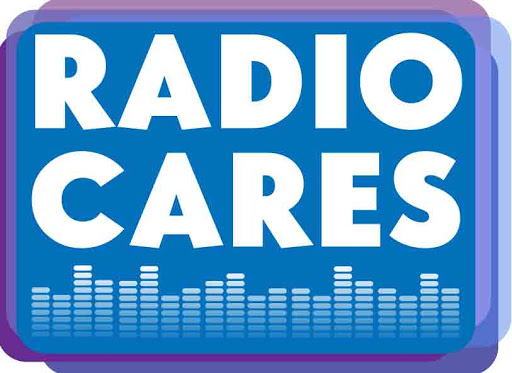 Last week, the Radio Cares: Feeding America Emergency Radiothon raised more than $500,000 – the equivalent of 5 million meals. You’ve seen the lines that snake around food banks in markets all over America. There is a growing need to keep millions of displaced people nourished – a perfect excuse for radio to come together.
Last week, the Radio Cares: Feeding America Emergency Radiothon raised more than $500,000 – the equivalent of 5 million meals. You’ve seen the lines that snake around food banks in markets all over America. There is a growing need to keep millions of displaced people nourished – a perfect excuse for radio to come together.
This event was co-partnered with Adams Radio Group’s Ron Stone and Cumulus/Westwood’s Brian Philips, with the help of Scott and Sandi Borchetta and a literal cast of hundreds of radio stations, broadcast organizations, record labels, and performers.
But the medium’s impact has been more than just about raising money. Radio broadcasters have been especially adept at emotionally connecting with fans during this unsettling time. Rocker KFMX in Lubbock showed us how they could do more than play Metallica, connecting in the moment with a simple promotion encouraging listeners to send in their stay-at-home pet pictures.
Yes, this stuff is all over Facebook, but when a radio stations captures that hometown flavor, it can be a magical experience for locals who appreciate the community and the station’s spirit.
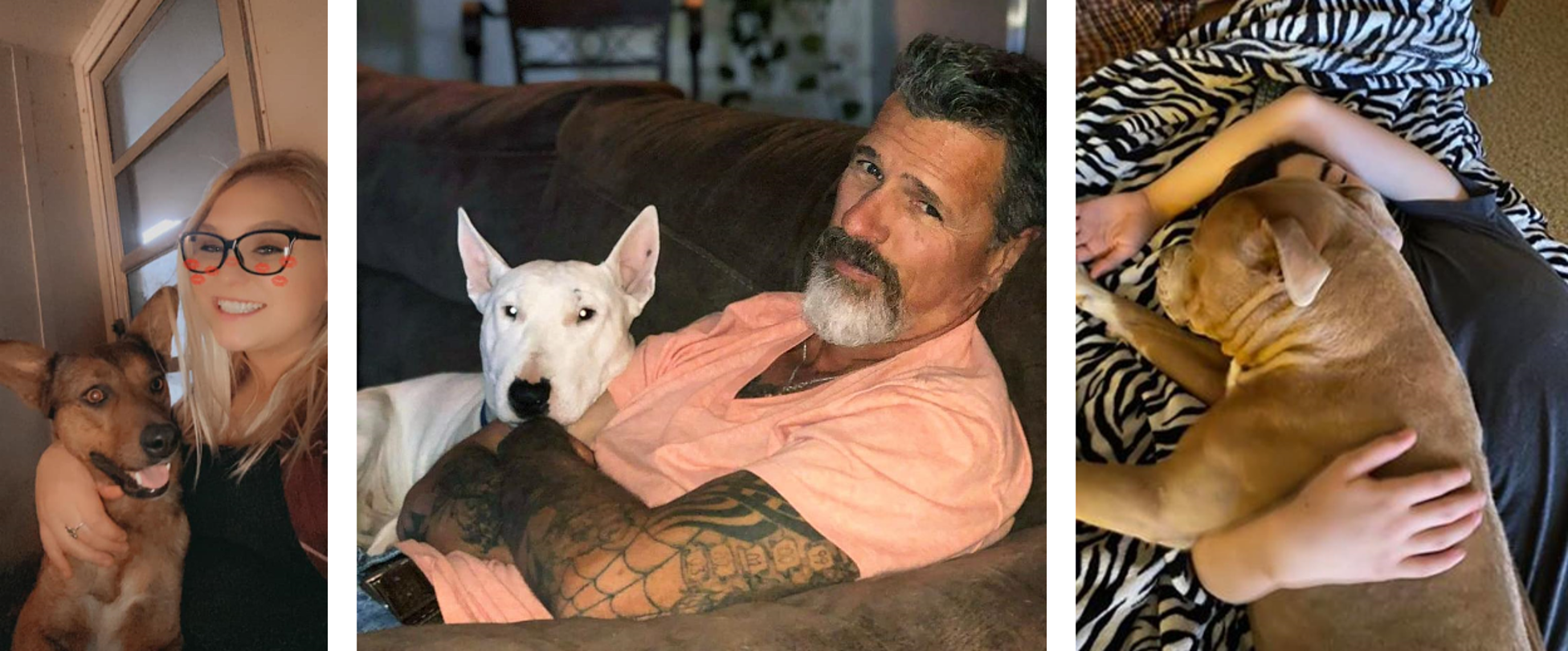
How can a radio station signal to its listeners it “gets” the isolation experience? By creating a branded diversion.
NPR’s “All Things Considered” recently noted sales of jigsaw puzzles are going through the roof since stay-at-home orders were put into place. A Massachusetts company, Ceaco, reported that one day a few weeks back, the company sold more puzzles than in the entire month of December.
Another games company, Ravensburger, says their sales are up 370% year over year, thanks to robust business over just the past weeks.
Radio stations know all about distraction, and so stations like WMMR have created custom jigsaw puzzles with a familiar theme. This one’s for sale at the station’s online store for just $15. Gadzooks!

Yes, any media or entertainment brand can market their own jigsaw puzzle to help the audience pass the time during the COVID-19 watch. But leave it to a radio station – and its big morning show – to capture the community moment we’re all feeling when there’s nothing to watch on TV and we’re looking for something to do with family members to pass the time.
COVID-19 has also wreaked havoc with many stations’ promotional calendars. And sometimes, it negatively impacts the bottom line. So, what do you do when your station can’t put on that big music festival because of the virus? Simple. You create a fake one. Or better yet, a faux one.
That’s what Go 96.3 (Minneapolis/St. Paul) did last month. Their “Faux Fest” was a three-day totally imaginary festival – booked entirely by the audience. Programmer Christy Taylor set up three stages, gave listeners a Monopoly money-type “budget,” and had them select the acts that would make up the best festival lineup. The best thing about “Faux Fest?” No long restroom lines, traffic jams, or $8 beers.
Nor surprisingly, many stations are going this route heading into warmer weather, when even the most active listeners have become shut-ins. ALT AZ in Phoenix is planning “Mochella,” eponymously named after their morning personality, Mo! And advertisers are jumping into sponsorship mode. Graphics guru, Emily Neuckranz, put it all together visually. In fact, a look at the mock festival “posters” (below) reveals an impressive array of creative artwork, as good as any radio stations produced back in the 70s and 80s.
Alternative stations aren’t the only ones going for these SFC (Safe For COVID) events. The legendary WBLM in Portland, Maine, is running with “Blimpstock,” billed this year as “12 Hours of Peace, Love, & Hand Sanitizer.” And in a clever acknowledgment of April 1st shenanigans most stations avoided this year, KCMQ in Columbia, Missouri, ran “Fools Fest,” another mock event on a day when you’d better have your antennae up.
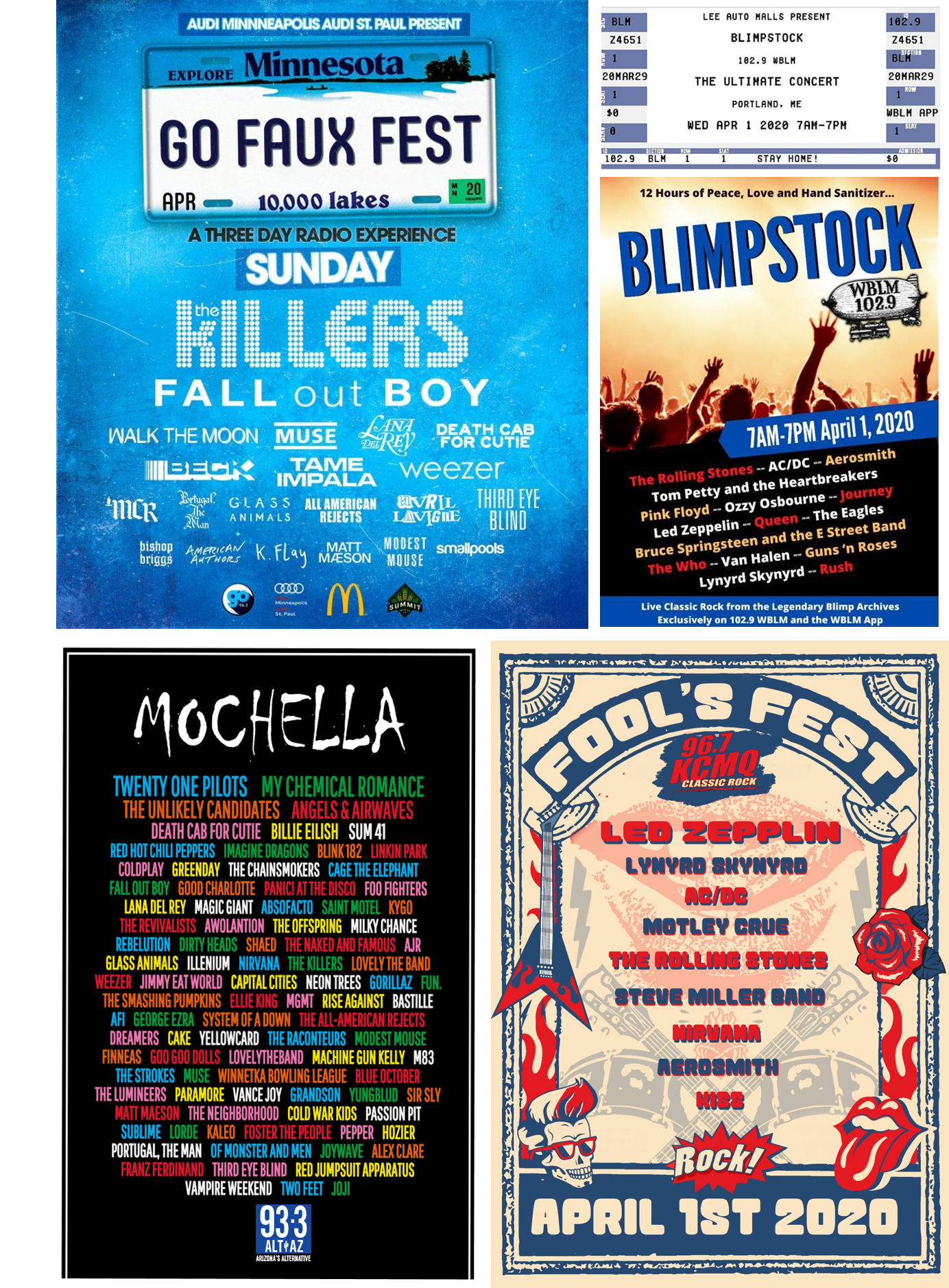
And then there’s video. We talked about radio’s visual opportunity in a blog post last week (“What I Like About YouTube”). While some of these content pieces have high production value, radio/video it doesn’t require Scorsese-level treatment.
That’s been cleverly proven out by our friends at 98Rock in Sacramento. California has been especially ahead of the COVID-19 curve, where the need to get an entire state to play by the rules is a challenge. Ops Manager Vince Richards is a creative guy in his own right, and he penned a series of short videos, “Don’t Be A Richard” – a simple and rock-centric way to reach his station’s core audience.
Jessica Horne did the artwork and Ryan Pehrson handled the video editing, producing a wink-wink way to get important public health messages to an audience that doesn’t always follow orders.
One of the more impressive efforts during “COVID Madness” has been WDRV‘s “Friday Night Sing-A-Longs.” It’s a statewide promotion, connecting Chicago downtown skyscrapers with cities and towns all over the state, singing along to rock classics, from “We Are The Champions” to “Don’t Stop Believing” to “Eye of the Tiger.”
The station’s metrics on these nights are through the roof, while attracting attention from rockers including Queen’s Brian May and and Survivor’s “Jim Peterik” who cut custom videos for this event. The Chicago’s mayor office has graciously shared the station’s sizzle reel, while homemade videos made by Drive listeners singing each week’s song have garnered more than a million views.
Great, right?
In real time, absolutely. But a key to earning sustained benefit from these in-the-moment promotional spectaculars is whether the station takes the time and makes the effort to archive and package these successes.
While WDRV has executed a great promotion with style, none of it matters if no one’s keeping score. And to the station’s credit, they’ve not only been gathering these success stories, they’ve rapidly packaged them into compelling presentations that can be used now, this fall, and for the holiday season.
These are evergreen victories that not only illustrate this station’s impact, but also that broadcast radio is more than capable of still pulling off big events.
P.D. Rob Cressman and market manager Jeff England gave me the green light to share this presentation with you (linked at the end of this post). It should serve as a reminder that radio shouldn’t just be thinking and acting big – stations need to slickly and professionally package and market these big wins. The chart below shows the rapid growth of Facebook followers – 5,000 to be exact – during this short window of Friday nights when these “Sing-A-Longs” took place. Usually, it takes the station a year to attract that many fans.
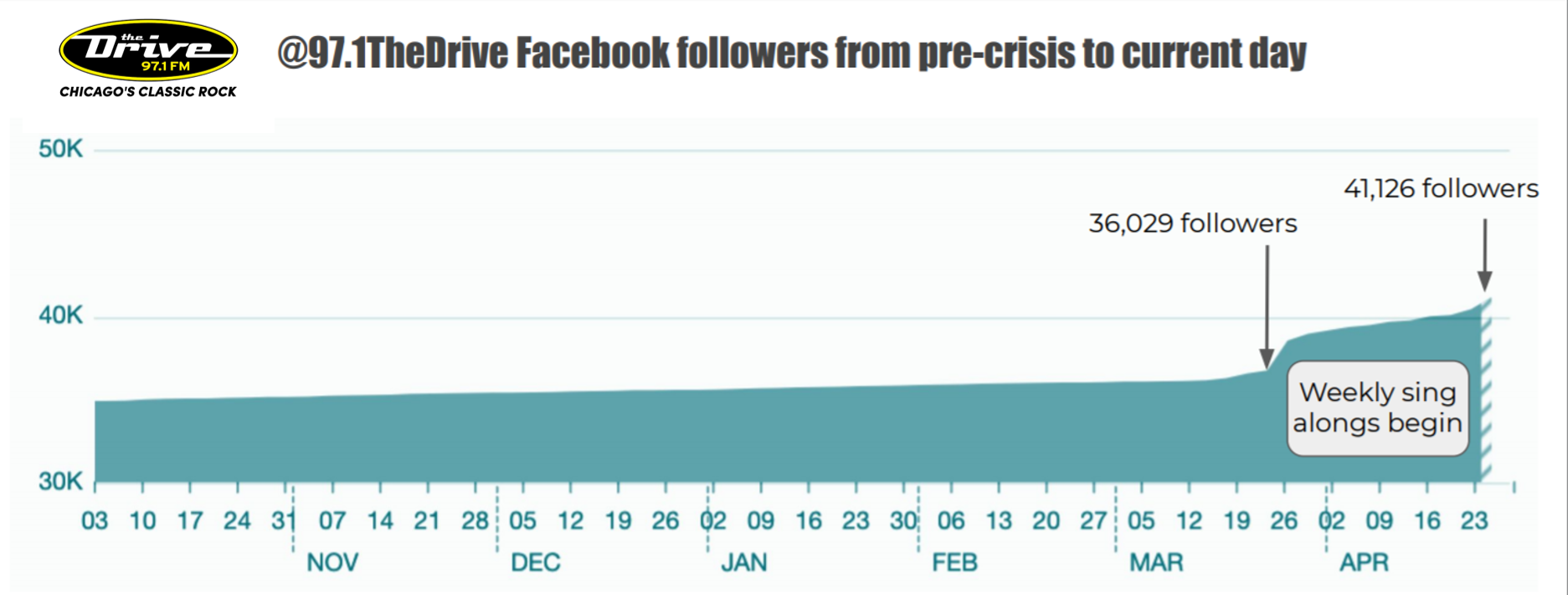
However this global pandemic ultimately plays out, it is already clear that many radio broadcasters are actively punching well beyond their weight – or at least the diminishing size of their staff and the dwindling financial resources they have available during a period when ad dollars have dried up. And along with them, promotional and marketing budgets. Despite the headwinds, many radio brands are thriving in the midst of this emergency.
But that’s how it always seems to work. Talk to any broadcaster about their most rewarding day in radio, and it’s likely linked to a catastrophe of one kind or another. That may sound crass, but the fact is that audiences especially appreciate when a station delivers in the clutch – during the worst of times. And radio has a way of rising to the occasion.
Like the brutally long one we’re going through now where there’s no obvious end in sight. I am sure many radio people will tell you that as hard as they’ve worked these past couple of months, it has likely been one of the most gratifying periods of their careers.
Whether they have the foresight and resources necessary to capture these shining moments to persuade jaded media buyers and planners about the efficacy of radio remains to be seen.
For some time now, radio broadcasters have lamented the industry’s inability to tell its story.
Now, it has some great plot lines, surprising twists and turns, genuine heroes, the ultimate evil enemy, and no shortage of suspense.
It’s time to tell these amazing radio stories.
You can access WDRV’s “Friday Night Sing-A-Long story here.
Thanks to all who contributed to this post, knowingly or not.
- What To Do If Your Radio Station Goes Through A Midlife Crisis - April 25, 2025
- A 2020 Lesson?It Could All Be Gone In A Flash - April 24, 2025
- How AI Can Give Radio Personalities More…PERSONALITY - April 23, 2025




Great one today, Fred…its got my creative juices flowing! Some really great ideas in here!
Stay safe,
JC
PS. Jim Peterik was with Survivor, not Loverboy 80s & MORE, baby!
Oops. I’ll make that correction.
It’s Marketing 101:
Tell them what you’re going to do.
Do it.
Then TELL THEM that you did it.
And just for good measure, tell them a SECOND TIME. Thanks, Jack. Hope all’s well (or as well as it could be).